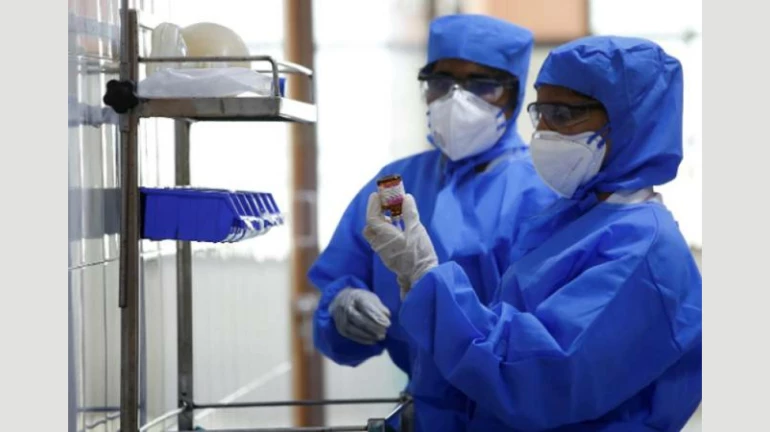
Maharashtra and Kerala are currently the two states that are most affected by COVID-19 in India. However, there are some disparities in how the two states have handled this pandemic. Maharashtra has reportedly quarantined around 14,500 people in their homes, while Kerala has done far better by ordering a home quarantine for around 70,000 people as of now.
Could this be one of the reasons why the number of cases in Maharashtra increasing at such a rapid rate and why the state has more deaths related to COVID-19 than Kerala. So far, Kerala has had no COVID-19 related deaths as per the Union Health Ministry’s data. Kerala has around 110 cases as of the most recent figures, while Maharashtra sits at the top with 147 cases.
Also Read - Plenty Of Vegetables, Other Essential Food Items Available: Maharashtra Minister
As for states like Karnataka, it has currently put around 30,000 citizens under home quarantine which is a big figure given that it’s a significantly smaller state as compared to Maharashtra.
In Mumbai, BMC (Brihanmumbai Municipal Corporation) is said to be conducting tests on symptomatic and asymptomatic cases for those who fall under the high-risk category. Civic officials mentioned that they are currently leaving no stone unturned to make sure each contact of a COVID-19 positive case is traced down until they the last person.
“The formula is laid down. An area of roughly 3km is marked as the containment zone around the affected household. Here, the travel history of everyone is closely noted and symptoms are checked. An outer radius of 5km is taken as a buffer zone, where people are given information and made aware,” the official said.
Explaining as to why Kerala could do such a stellar job given that it was exposed to the virus pretty early in the day compared to other states, the state’s coronavirus nodal officer, Dr Amar Fettle, said - “We emphasise a lot of human interviews which is followed by an elaborate way to cross-check the information with tech. Out of the 70,000 people, around 10,000 would be primary and secondary contacts. The rest is contacts and their contacts found though video surveillance, phone records, and GPS used more for mapping of medical facilities.”





